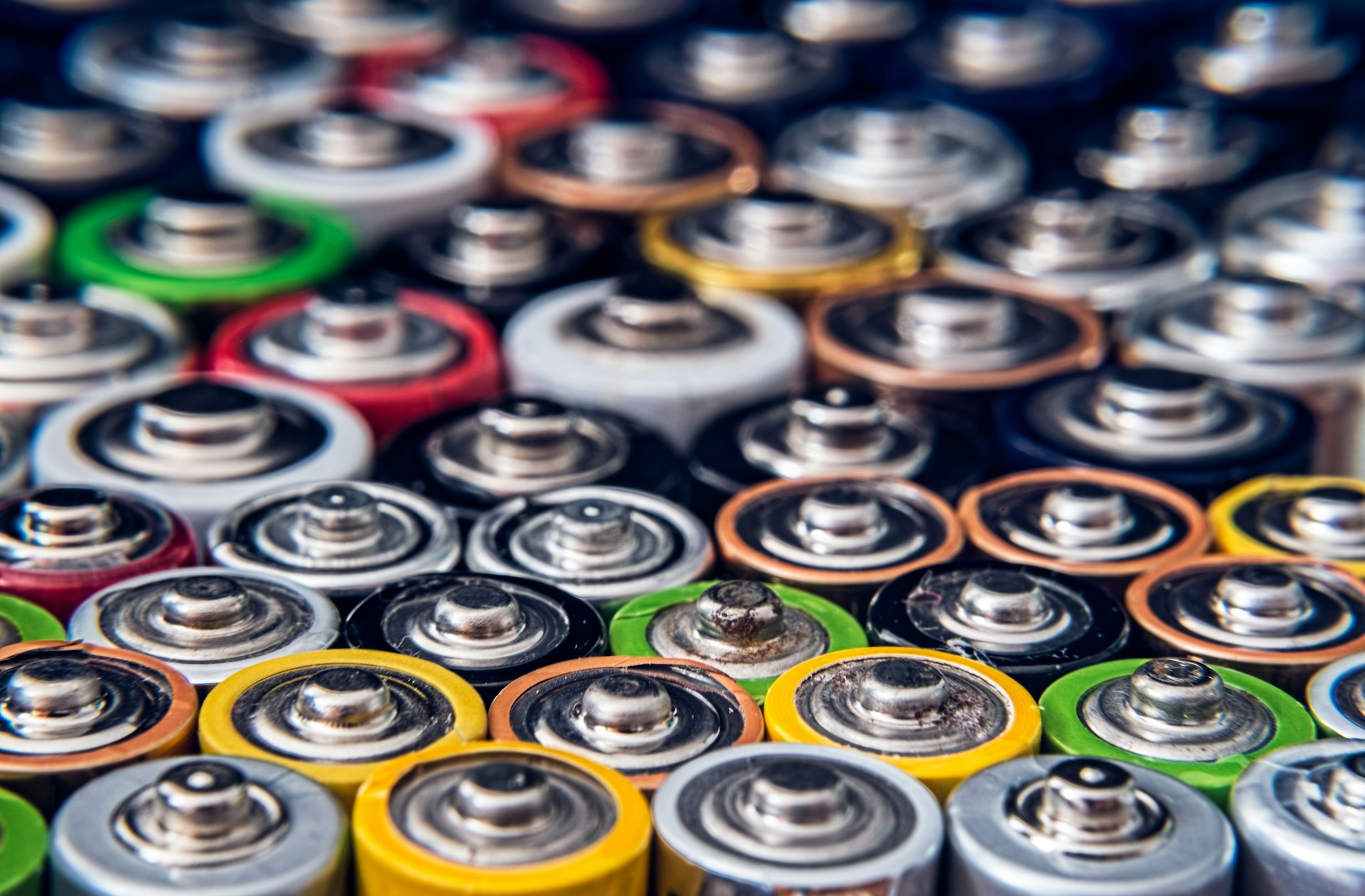Lithium nickel oxide (LiNiO₂) has remained a leading contender as future lithium-ion battery material since the 1980s because it improves both storage capabilities and battery lifetime. The commercial application of this material remains limited because the material degrades after repeated charging cycles, leading to reduced battery performance and shortened life. Researchers at the University of Texas at Dallas (UTD) claim to have found a solution to the persistent issue that has troubled LiNiO₂ over the years.
A research team led by Dr. Kyeongjae Cho, professor of materials science and engineering at UTD’s Erik Jonsson School of Engineering and Computer Science, has identified the root cause of LiNiO₂ battery degradation and proposed a solution that could bring the material closer to commercial viability. Their published research can be found here:
Bergschneider, M., Kong, F., Conlin, P., Hwang, T., Doo, S., & Cho, K. (2024). Mechanical Degradation by Anion Redox in LiNiO 2 Countered via Pillaring. Advanced Energy Materials. https://doi.org/10.1002/aenm.202403837
The issue with LiNiO₂ lies in its structural integrity during the charging process. Using advanced computational modelling, the UTD researchers analysed the material at the atomic level to understand how it reacts during the final phases of charging. Their simulations revealed that a chemical reaction involving oxygen atoms destabilises the material, causing it to crack over time.
“The degradation of batteries made using LiNiO2 has been a problem for decades, but the cause was not well understood,”
explained Dr. Cho. He went onto say:
“Now that we have a clear understanding of why this happens, we’re working on a solution so the technology can be used to provide longer battery life in a range of products including phones and electric vehicles.”
The problem isn’t unique to LiNiO₂. Many high-energy-density cathode materials face similar stability challenges. However, LiNiO₂’s high nickel content, while offering energy advantages, makes it susceptible to cracking.
Rather than abandoning LiNiO₂ as a battery material, the UTD team set out to reinforce its structure. Their approach involves inserting positively charged ions; known as cations, into the cathode. These ions act as structural “pillars,” strengthening the material and preventing it from collapsing under the stress of repeated charging cycles.
This essentially creates a framework within the material that holds it together, even during the most stressful stages of the charging process. said This method significantly reduces the risk of cracks forming, improving the battery’s overall lifespan.
With the theoretical solution in place, Matthew Bergschneider, a Eugene McDermott Graduate Fellow, is now leading the practical application of the technology. At UTD’s BEACONS (Batteries and Energy to Advance Commercialisation and National Security) facility—a research initiative launched in 2023 with $30 million in funding from the Department of Defense—Bergschneider is developing robotic systems to manufacture and test the modified LiNiO₂ batteries.
The lab’s robotics-based approach allows for high-throughput synthesis, enabling researchers to quickly produce and evaluate hundreds of battery prototypes.
“We’ll make a small amount at first and refine the process,”
Bergschneider said.
If successfully commercialised, LiNiO₂ batteries reinforced with the UTD team’s pillaring technique could offer longer-lasting power sources for everything from smartphones to electric vehicles. The improvement could reduce the frequency of battery replacements, lower long-term costs for consumers, and decrease the environmental impact of battery waste.

Hassan graduated with a Master’s degree in Chemical Engineering from the University of Chester (UK). He currently works as a design engineering consultant for one of the largest engineering firms in the world along with being an associate member of the Institute of Chemical Engineers (IChemE).



